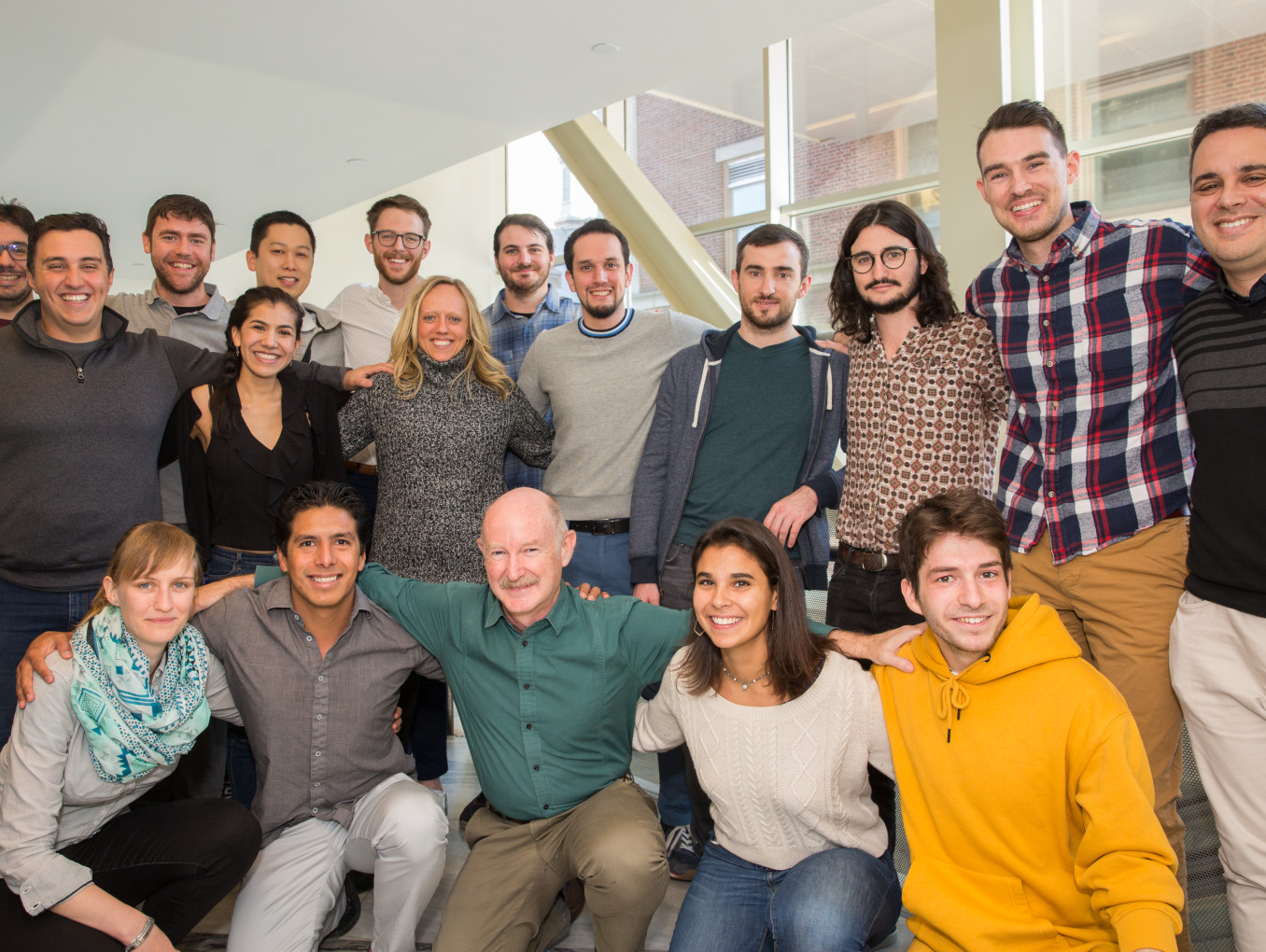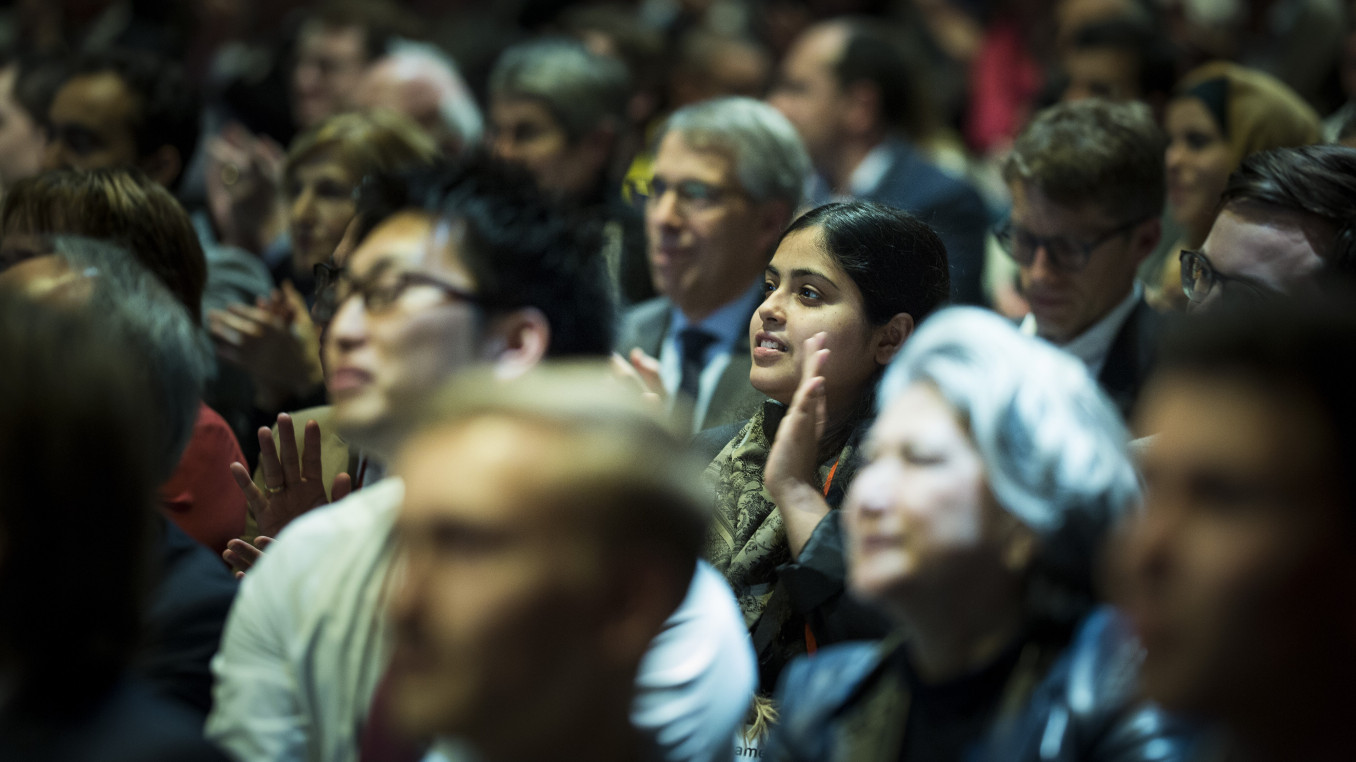Rafael Yuste's Mission to Safeguard Neurorights in the Age of Neurotechnology
Breaking the Wall of Neurorights Protection
Winner Interview 2024: Social Sciences and Humanities
Rafael Yuste, a prominent neuroscientist at Columbia University and a leading figure in the BRAIN Initiative, is at the forefront of the Neurorights Foundation's mission to integrate neurorights into existing human rights frameworks. Established in 2022, the foundation addresses the ethical, legal, and societal implications of neurotechnology. It advocates for five key neurorights: mental privacy, mental identity, free will, fair access to mental augmentation, and protection from bias. Yuste's pioneering work aims to ensure that the rapid advancements in brain-computer interfaces and related technologies align with human values and ethical standards, protecting individuals' mental integrity and privacy.
Which wall does your research or project break?
We aim to break the barriers between technology and human values by promoting human rights protection for brain activity. This is necessary because the development of neurotechnology, i.e., devices to record and alter brain activity (such as brain computer interfaces), has created both extremely exciting possibilities for neuroscience, medicine and the marketplace, but also profound ethical and societal challenges. For example, the privacy and integrity of our mental activity could be at stake, as well as the possibility of neural augmentation of humans. Because of this, we advocate for "Neurorights", as a human rights framework to ensure the responsible development and application of neurotechnology.
What are the three main goals of your research or project?
Our goal is to protect the brain activity and information of all people from the potential misuse or abuse of neurotechnology by carrying out 1- research on neurorights, 2- advocacy to promote them and 3-outreach to alert the population of potential risks. To do so, we focus on promoting innovation, protecting human rights, and ensuring the ethical development of neurotechnology. We engage the United Nations, regional organizations, national governments, companies, entrepreneurs, investors, scientists, and the public at large to raise awareness about the human rights and ethical implications of neurotechnology. Working together with local legislators and organizations, ver the last 3 years, we have achieve successful legal protection of brain data in the Republic of Chile, the state of Rio Grande do Sul in Brazil, and the State of Colorado. Our sponsored "Neurorights Bill" was also recently unanimously approved by the Senate of California and will likely become law soon.
What advice would you give to young scientists or students interested in pursuing a career in research, or to your younger self starting in science?
I recommend to directly engage with science by volunteering in a laboratory. There is no substitution for directly experiencing science, by working in a laboratory and interacting daily with active scientists. Science is a profession which is learned through an apprenticeship period with face to face communication, facing common problems and sharing wisdom.
What inspired you to be in the profession you are today?
As a medical student, I worked as a volunteer in the laboratory of Dr. Sydney Brenner in Cambridge and my interactions with him and his group made me leave medicine and devote my life to basic research.
What impact does your research or project have on society?
By protecting brain activity with new human rights, we may ensure the safe and humane development of neurotechnology.
What is one surprising fact about your research or project that people might not know?
In 2014 had an "Oppenheimer moment" which made me realize the power of the neurotechnology we had developed. Since then I have worked tirelessly to ensure the responsible development and regulation of neurotechnology.
What’s the most exciting moment you've experienced over the course of your research or project?
In 2014, when we realized that we could precisely manipulate brain activity in mice.


